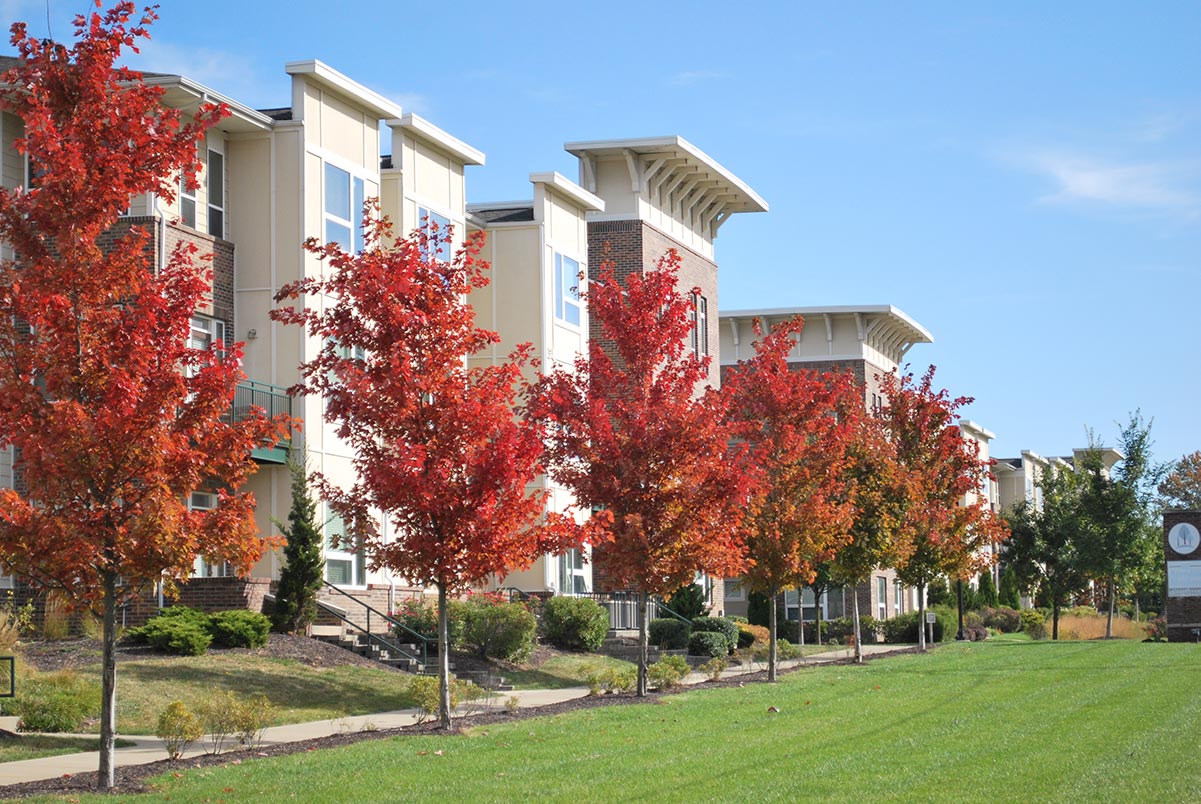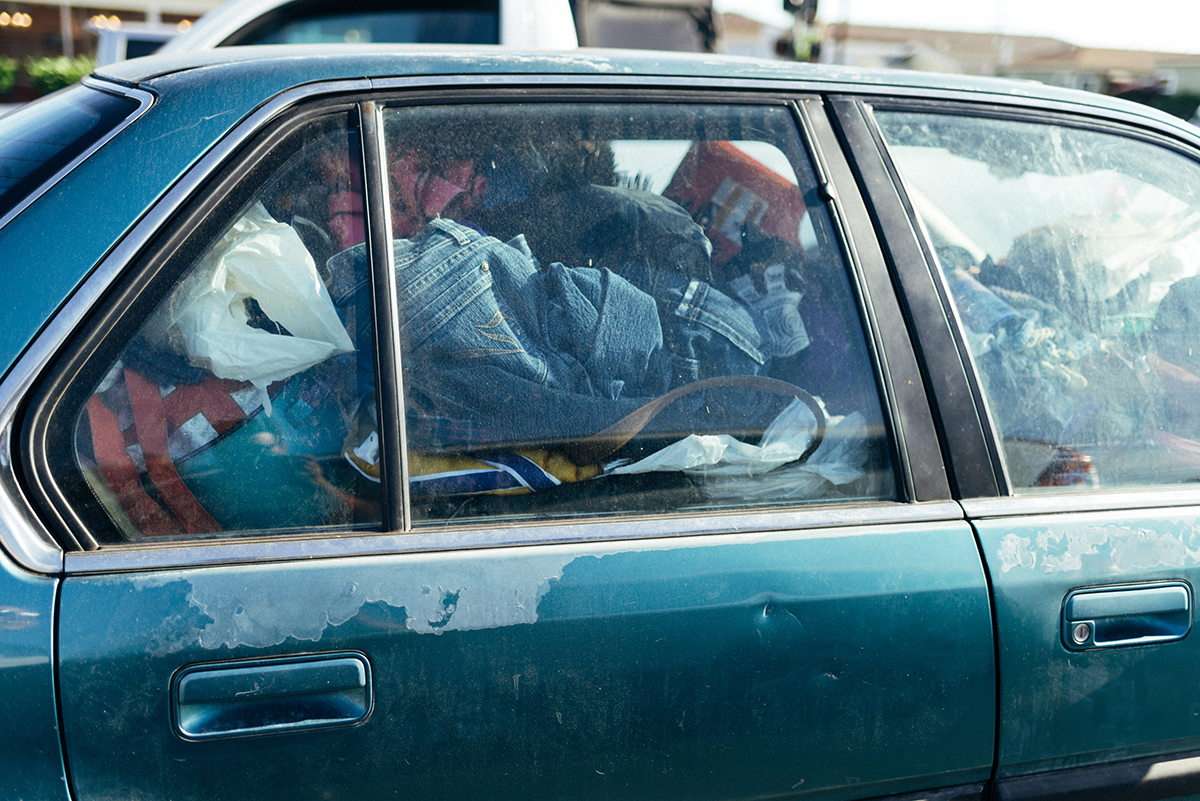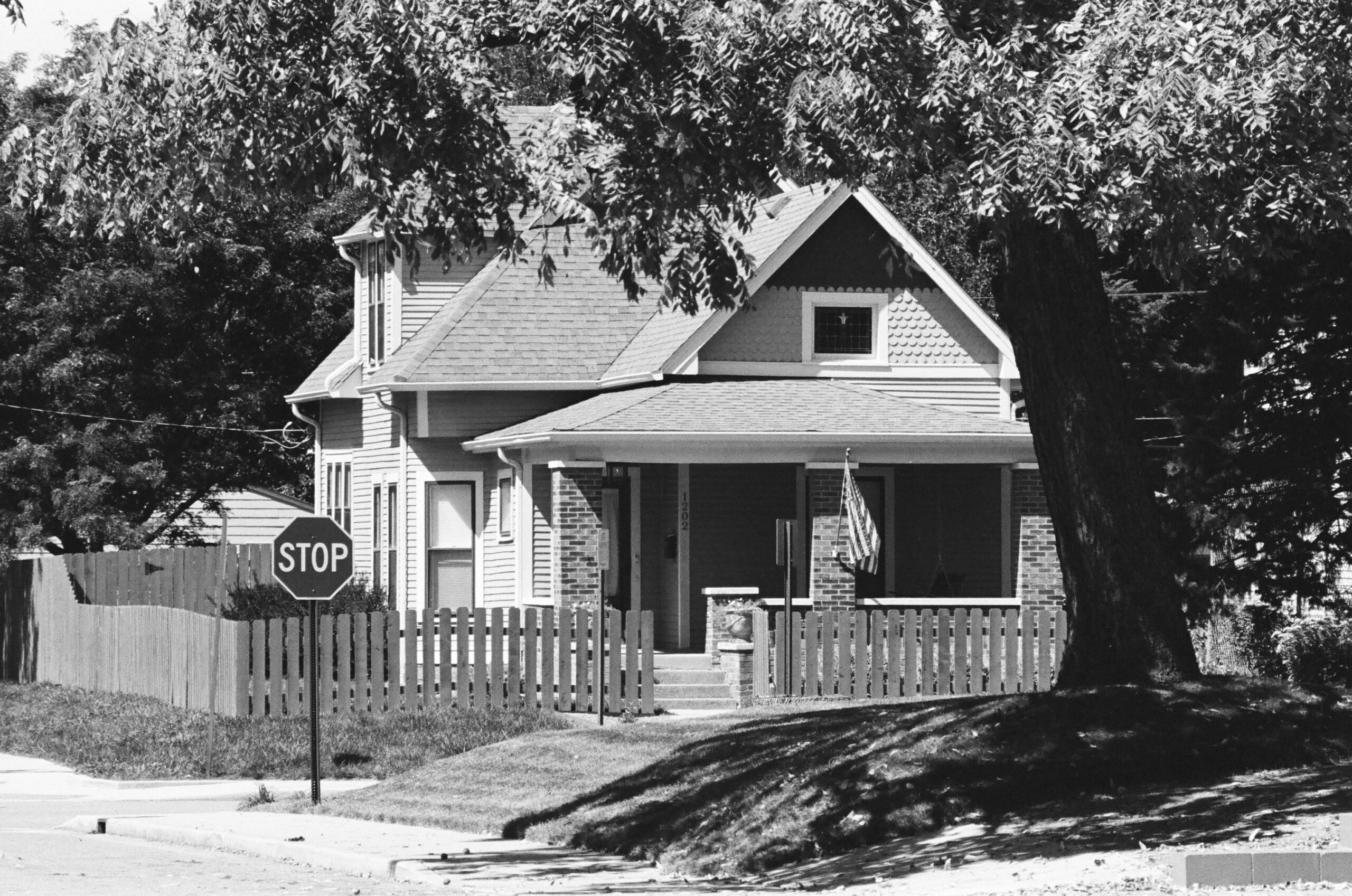In this article, we look closer at the trends in subsidized housing and compared the number of affordable rental homes to the number of low-income rental households. We find a clear gap in supply for extremely low-income households, for which rents of around $250 or less are affordable. While there are in theory enough rental units in existence for very low-income households requiring rents of $600 to $700, these are mostly rented by extremely low-income households (who likely cannot find something more affordable) or moderate-income households. As a result, there is an affordability gap that may be alleviate by development of both affordable and market-rate rental housing.
The 31,051 subsidized housing units in the region are receive various federal subsidies. The most common programs are:
- Low-Income Housing Tax Credit, which offers developers a tax credit to finance construction of affordable rental units,
- Low-cost mortgages from the Federal Housing Administration to private owners of multifamily properties in exchange for an agreement to offer affordable rents and accept income-qualified tenants, and
- Project Based Section 8, which subsidizes private owners of multifamily rental housing, allowing tenants to pay 30% of their income in housing costs while HUD makes up the difference.
Where are subsidized units increasing or decreasing?
Marion County has the most subsidized units by far, but the county lost 11 units since 2018. Madison County lost 160 subsidized units, while Hamilton County added 406 subsidized units.
While the net change in Marion County was minimal, many neighborhoods gained or lost significant numbers of subsidized units. Speedway lost 244 units, while two miles north, census tracts in International Marketplace added a combined 466 units. Some neighborhoods along the Red Line added subsidized housing: The census tract east of Tarkington Park and north of 38th Street gained 75 units, two tracts containing Fall Creek Place and surrounding neighborhoods added 95 units, and the neighborhood surrounding IU Health Methodist Hospital added 63 units.
On the Eastside, Holy Cross and Cottage Home added 52 subsidized units, while St. Clair Place added 105. Windsor Park and Spades Park added 36 units. However, the King Park neighborhood on East 16th Street has 155 fewer subsidized units than in 2018, and Fountain Square lost 36 units.
Marion County has by far the most subsidized units, but Hamilton County has added the most since 2018.
Total number of subsidized units, 2021
Net change in subsidized units, 2018-2021
Change in subsidized units by census tract, 2018-2021
What is the scale of the need for affordable housing?
So far, we have reviewed subsidized housing units, which are made affordable through government funding. The largest source of affordable rental housing, however, is the private market. This supply is called organic affordable housing, and these units are offered for an unsubsidized rent at a price that is affordable to a low-income household. To analyze the amount of affordable housing available and the scale of the need, we will define low-income households and define the units considered affordable for these households.
Defining low-income households
HUD defines three categories of low-income household that are relevant to affordable housing: low-income, very low-income, and extremely low-income. Conceptually, these are based on the area median income for a household of four (AMI, the midpoint of all households in the region), and are designed to represent households earning 51-80% of the AMI, 31-50% of the AMI, and 30% or less. In practice, the definitions are more complicated. They are scaled to reflect different household sizes and take into account the federal poverty guidelines as well as inflation. (Here are the calculations for low, very low, and extremely low.)
There are 181,500 rental households in the Indianapolis region that fall under the income limits for their household size. That is 65 percent of the 277,900 rental households in the region. These households are roughly equally divided between low-income, very low-income, and extremely low-income categories. They are smaller than higher income rental households, on average. Half are one-person households, one quarter are two-person households, and one-eighth are three-person households. The rest have at least four people in the household.
We used microdata (individual samples) from the 2019 American Community Survey for this analysis, because that allowed us to analyze incomes and rents for every household size. We also used the 2019 HUD income limits so they aligned with our data source.
Low-income households who rent their home
Defining affordable rental housing
According to HUD, a rental housing unit is considered affordable if the rent is no greater than 30% of the tenant’s income. Because each household size has an income limit, we can use that to determine the rent that would be affordable to low-, very low-, and extremely low-income households of every size. Income limits describe the top of the income range for each category, but we use the midpoint of that range. Otherwise, we would include units that would only be affordable to a household at the income range. For example, a low-income, two-person household earns between $32,000 and $51,150. A rental home costing $1,279 per month would be affordable to a household earning $51,150 but far too expensive for a household earning $32,000. In this case, we base affordability on the middle of that range, $36,375, and the affordable rent limit becomes $909.
Affordable rents for low-income households
Finally, we considered the size of the rental housing unit. A minimum number of bedrooms was determined for each household size, defined as one less than the number of people in the household. For example, a studio (0 bedrooms) or larger was acceptable for a one-person household, while a two-bedroom apartment or larger was acceptable for a three-person household.
Results
There are fewer affordable units than households in the extremely low-income category. While there are 42,000 extremely low-income one-person households, there are only 8,383 units affordable to those households. Homes are considered affordable to that group if the rent is $210 or below, which is virtually unachievable in the private market. Even many federal subsidy programs cannot provide such low rents.
For every ten extremely low-income households of any size, there are only six affordable rental homes in the region. There is also virtually no vacancy in this segment of the market, meaning it is very hard to find an available unit. An estimated six to seven percent of rental homes affordable to low- and very low-income households are vacant. This healthy vacancy rate makes it is easier for households to find an available unit for rent. Among units affordable for extremely low-income households, the vacancy rate is only one percent, an extremely restricted supply.
Large gap in affordable units for extremely low-income households
Are there really plenty of affordable rental units for low- and very low-income households?
Our analysis finds that for every 10 low-income households of any size, there are 137 rental units affordable to them and of the right minimum size. For every ten very low-income households, there are 73 affordable rental units. Given this supply, are low and very low-income households able to rent affordable units? To explore this, we focus on one particular market segment: two-person households.
This chart shows the affordability curve for each income group, or the percent of each income group at every affordability level. A high peak on the left side of the chart means many households at that income level are paying a low share of their income on rent. A high peak on the right side represents a concentration of households paying most of their income on rent.
Housing affordability curve for two-person households
Percent of households by share of income spent on rent (grouped by household income)
Very low-income households are very burdened by housing costs, however. Eighty-eight percent pay more than 30 percent of their income on rent, and one in three pays over 40 percent on rent. There are an estimated 81,900 rental homes affordable to this group (with one bedroom and rent no higher than $640 per month), more than seven times the number of households in this category. If there are so many units at the right size and price range for this group, why are almost all these households burdened by housing costs?
We break this problem into two questions:
- What units are these very low-income two-person households (VLITPs) renting?
- Who is renting the units that are affordable to VLITPs?
What units are very low-income two-person households renting?
Most of these households rent two-bedroom apartments, but that only accounts for a small part of the housing cost burden. Our analysis assumed a one-bedroom apartment would be the minimum size available to a two-person household, but over 80 percent of VLITPs rent two-bedroom units. (Forty percent are parents without a spouse, so need a second bedroom for their child, and 25 percent are non-family households, such as roommates.) However, the housing cost burden is similar for VLITPs in units with two or more bedrooms (89 percent are cost burdened) compared to less than two bedrooms (79 percent are cost burdened). Though the size of the units contributes some to the affordability problems for VLTIPs, it is not the major cause.
VLTIP households are renting units beyond their affordability threshold, especially households at the bottom of this income range. While 81,900 units cost $640 or less, the average VLITP household pays $718 per month. Affordability is more of a struggle at the bottom end of this income range. A household with an income of $19,200 to $22,200 can afford rent of $520 but pays on average $661. This group pays on average 50% of income in rent.
Very low-income households frequently pay just above their affordability level
Rent distribution among two-person very low-income households, grouped by household income
Gap between affordable rent and average rent is high for people at the bottom end of the income range
Two-person, very low-income households
Who is renting units affordable to VLITPs?
Assuming these two-person households largely prefer two-bedroom units, there are 48,800 such units with rent no greater than $640 per month. But only 2,600 are rented by VLITPs. Who else is renting these units?
An estimated 3,300 are for rent. Granted, that estimate is from 2019, so availability could be different in 2022. Half of these units are rented by single person households. Many of these are also low-income households—8,800 qualify as extremely low-income, 5,700 as very low-income, and 2,600 as low-income. This pressure from smaller households with lower incomes makes fewer units available to VLITPs, possibly forcing them to rent something more expensive. There is also pressure from households with higher incomes. Rental homes costing less than $640 are affordable to people earning $25,600, but half the tenants of these units earn more than that. In fact, 44 percent earn more than $30,000 and 33 percent earn more than $40,000.
Conclusion
We focused on one particular segment of the rental housing market (two-bedroom units affordable to VLITPs), but this illustrates a universal concept: Increased housing supply, both affordable and market rate, can alleviate pressure on low-income households to rent unaffordable homes. When more supply is created for households earning less than $20,000, there will be more units available for households in the $20,000-$30,000 range. More affordable supply helps low-income households shift down the price curve to more affordable units. Similarly, when more supply is created for households earning $30,000-$60,000 (currently renting 30% of the units affordable to VLITPs), more affordable units are available to very low-income households.





